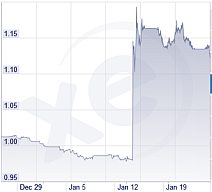(See more recent blog posting with brochure and registration information.)
AIPLA has set the dates and locations for the Patent Cooperation Treaty seminars that will happen this coming July 2015. Here they are:
- July 20-21 (Monday and Tuesday) in San Francisco
- July 23-24 (Thursday and Friday) in Virginia
Those who have attended AIPLA PCT Seminars in the past know that these seminars are very different from the usual “just the facts” PCT seminar. These seminars have the benefit of spirited interaction among all of the presenters, including experienced patent practitioners from the US and from other countries.
Save the dates on your calendar.
Your blogger will be one of the presenters.


